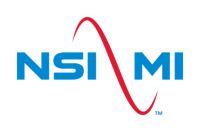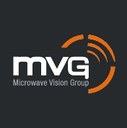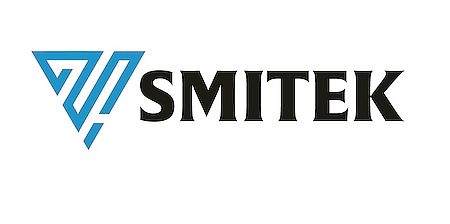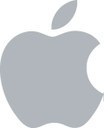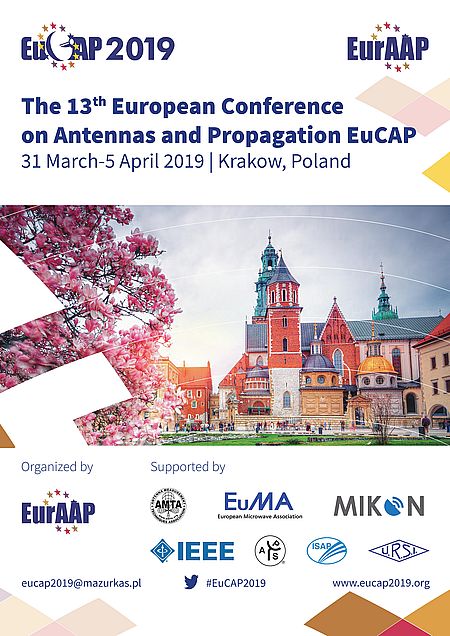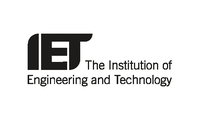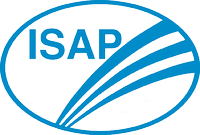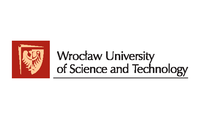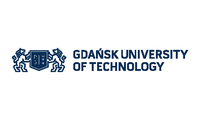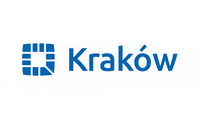Dr. Renato Lombardi
Millimeter-wave technology and research trends for 5G Access and Wireless Transmission applications An industry view
Huawei Technologies, Italy
Biography
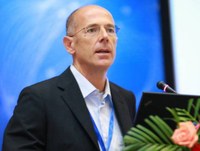 Renato Lombardi is Head of Huawei Italy Research Center, Vice President of Huawei’s Microwave Product Line. In these roles, he oversees the research and development of microwave / millimeter-wave technologies for wireless communications and the implementation of innovative mobile broadband backhauling solutions all over the world.
Renato Lombardi is Head of Huawei Italy Research Center, Vice President of Huawei’s Microwave Product Line. In these roles, he oversees the research and development of microwave / millimeter-wave technologies for wireless communications and the implementation of innovative mobile broadband backhauling solutions all over the world.
Renato Lombardi joined Huawei in 2008, founding the Huawei Research Center in Milan, Italy.
In 2011, he was awarded the title of “Fellow of Huawei”.
Renato has more than 25 years of experience in the microwave industry. He previously led the Siemens Microwave Business and Product Management and then appointed Head of Research and Development. He was member of the integration team of for the Siemens and Nokia joint venture in 2006, and later became the Head of Product Management of the Microwave Business Line.
In 2015 Renato Lombardi has been elected Chairman of the ETSI Industry Study Group mWT (millimeter-Wave Transmission).
Renato Lombardi graduated from the Politecnico of Milano, the largest technical university in Italy with a Master’s Degree in Electronic Engineering.
Synopsis
High interest in millimeter-wave bands has risen in the recent years due to the enormous amount of under-utilized bandwidth that lies in this part of the electromagnetic spectrum. The significant advantages offered by the propagation characteristics in terms of frequency re-usability and large channel bandwidths, make millimeter-wave suitable for the very high capacities required by 5G enhanced Mobile BroadBand (10 Gpbs peak throughput and 10 Mbps/m2) both for the Radio Access Network and the Backhaul.
The millimeter-wave bands can be suitably used for the access networks to increase the throughput to the User Equipment and the backhaul/front-haul of the base stations. At the same time the use of millimeter-wave bands, thanks to very compact antenna size that makes products ``blend'' in the environment, allows the densification of the cells in dense urban scenarios.
5G key requirements driving evolution of mobile access and wireless x-haul to millimeter-wave and sub-millimeter ranges
Analysis of the most important requirements of 5G to drive the trends and technology at (sub-) millimeter-wave bands for wireless backhaul / front-haul network
-
Application scenarios and potential bands for 5G at millimeter-wave
-
Massive MIMO architectures comparison
-
how backhaul can meet the demand of capacity and network densification
-
new spectrum above 90 GHz and innovative ways to use it
-
technology challenges and research directions
Millimeter-wave access
Since the beginning, large antenna arrays have been exploited for radar applications in order to achieve very high spatial resolution, beamforming and null steering. This trend has been recently introduced to communication systems too, in order to provide highly-directive beams as a means to both reduce interference and increase the overall capacity, allowing spectral reuse through spatial diversity. Nowadays the big challenge is not only related to the maximization of the overall system performance – which has been proven to be very effective when considering full-phased/full-digital architectures - but is mainly focused on the economic side: the real goal is to keep cost and energy consumption sufficiently low to obtain affordable products. In this invited talk it will be presented an overview of some techniques that can be adopted to design energy- and cost-efficient antenna arrays for millimeter-wave wireless systems (mm-Waves), which - having instantaneous bandwidths of hundreds of MHz to GHz - are seen as promising technology for meeting the exploding capacity requirements of 5G (and beyond) communication networks.
Millimeter-wave backhaul
Research activities in the D-Band (130 to 175 GHz) for outdoor backhaul applications
-
Standardization status
-
Technology overview (semiconductor trends)
-
MMIC, Antenna, Engineering solutions
-
Propagation model from field trials results


